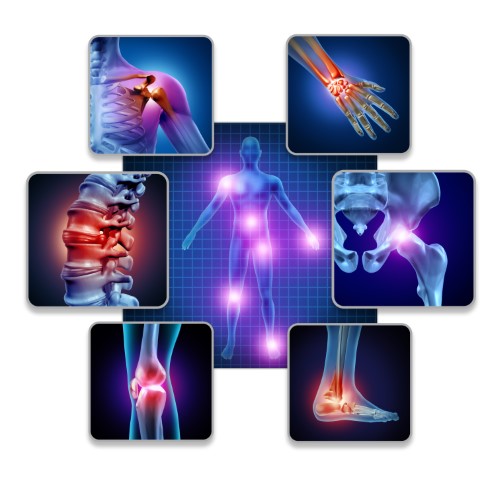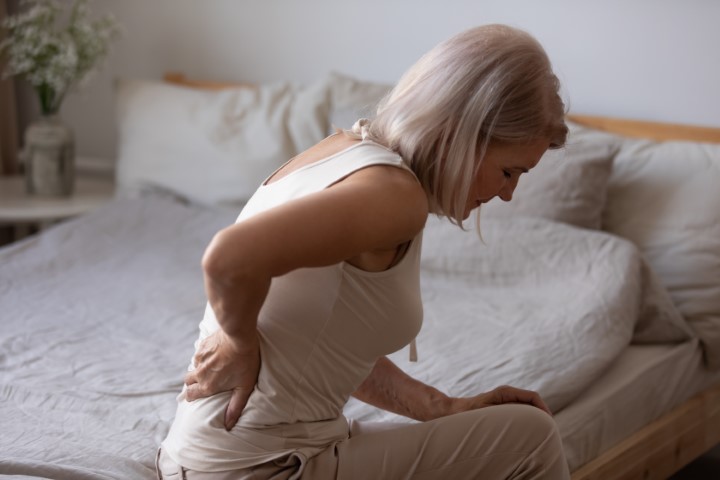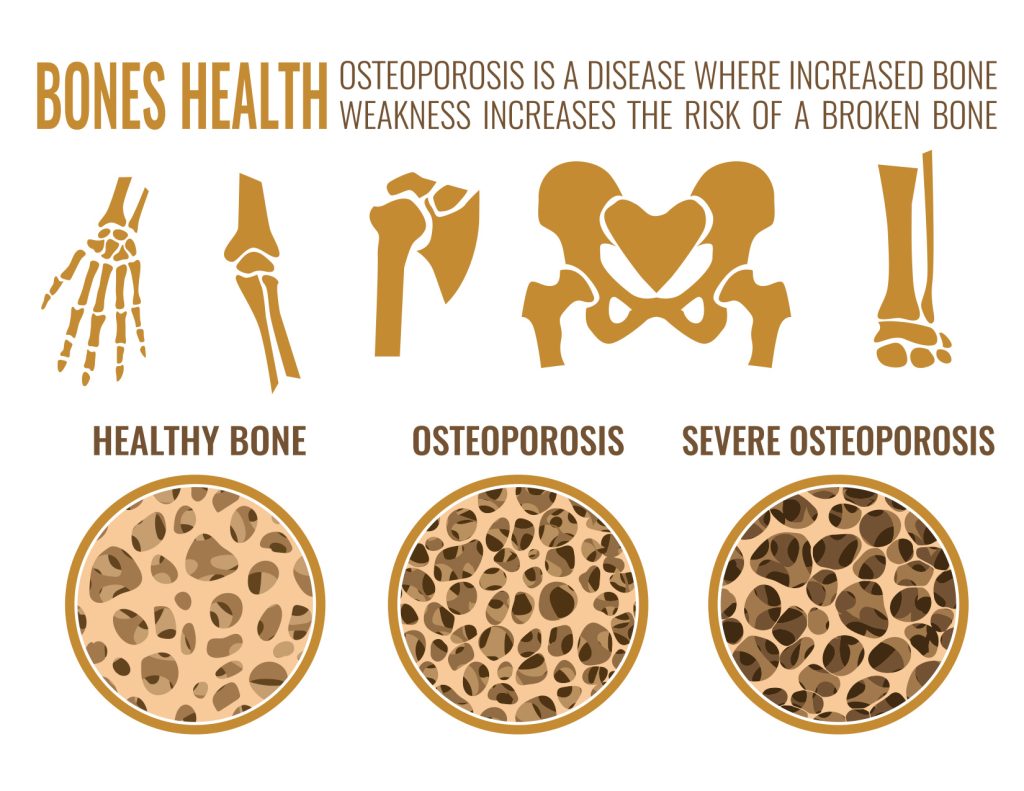Being pregnant is a beautiful feeling- an emotional and exciting rollercoaster ride that inspires women to make healthy life choices. It is necessary to practice and preach fit right from the first month. Here are some easy, simple ways to stay healthy when pregnant. Remember, everyone has their own unique experience of the pregnancy journey.
It is a time filled with questions and concerns, joy and excitement at the same time. You will encounter a lot of changes in your body during the entire process. With all these changes happening, you need to stay healthy inside out. Here’s how you can do that.
Indulge in Healthy Eating Habits
Your baby and you both need nutrients to grow healthy and strong during this sensitive time. This can only be achieved if you practice healthy eating patterns. And now that you are eating for two, don’t even think about cutting down on the calories. Make sure you eat on time without compromising on your schedule. Eat plenty of colourful fruits and vegetables, dry fruits, whole grains, calcium, and protein-rich food. Avoid raw and unpasteurized animal products.
Maintain optimum weight
People say, ‘Eat like you are eating for two, which can lead to extra weight gain during pregnancy. Staying within the recommended range for weight gain helps in a more uncomplicated birth process and makes weight-loss post-birth easy.
Practice physical exercises:
During pregnancy, get moving, literally! Daily exercising or just staying active can help in the smooth pregnancy process. Indulge in yoga, daily walks, or even dancing- and you are good to go! Talk to your doctor about which physical activities would work for you.
Take necessary prenatal vitamins:
Prenatal vitamins ensure that the right amount of key nutrients reach you and your baby during the pregnancy. Containing folic acid, iron, calcium, etc., these prenatal vitamins are the healthy add-ons that are pretty necessary for your body.
Go for timely check-ups: Expecting mothers should get regular and timely check-ups for a safe and healthy birth of the baby. Schedule timely prenatal check-ups with your healthcare provider to avoid any future complications. You will be recommended to do a variety of screenings, imaging, and tests to give you timely information for your baby’s health. This also helps you in understanding your child’s prenatal care and development.



Stay Hydrated:
Drinking water is a must, not just during pregnancy but all day, every day. However, a pregnant body needs more water than an average body does. Make sure you drink 3litersres of water every day. The best possible way to ensure that an adequate amount reaches your body is to keep a filled water bottle handy.
Get adequate sleep:
One of the most important things that usually gets overlooked during pregnancy is healthy sleeping patterns. No matter what, getting an ample amount of sleep is vital. Get at least 8 to 9 hours of sleep and try to sleep early and at a fixed time. As the month’s pass and the baby starts getting bigger, you will find it difficult to sleep in a comfortable position. It is suggested that lying on your side can aid you in sleeping.
Do activities that you enjoy:
Pregnancy is a beautiful experience so try to enjoy every moment as much as possible. Remember, if you are happy and healthy, it will reflect on your baby. Do things that you want, from singing to dancing, cooking or just lazing around- do things that make you feel yourself!
Avoid harmful substances
It is essential not to expose the baby to harmful substances like alcohol, drugs, nicotine, or even large amounts of caffeine during pregnancy. Although just a glass of beer or one smoke doesn’t sound harmful to hear, it has been the reason for various pregnancy complications and abnormalities. Don’t stress, just relax. Right from the first week of pregnancy, it is important to take care of yourself to take care of the baby. Maintaining healthy habits right from the start helps in an easier labour and gives you more energy during pregnancy. Yes, it is difficult to rigorously follow healthy practices the entire time. There will be days when you will crave ice cream and fries, not salad or when you won’t feel like stretching even a single muscle. You have to keep motivating and pushing yourself by following the tactics mentioned.










